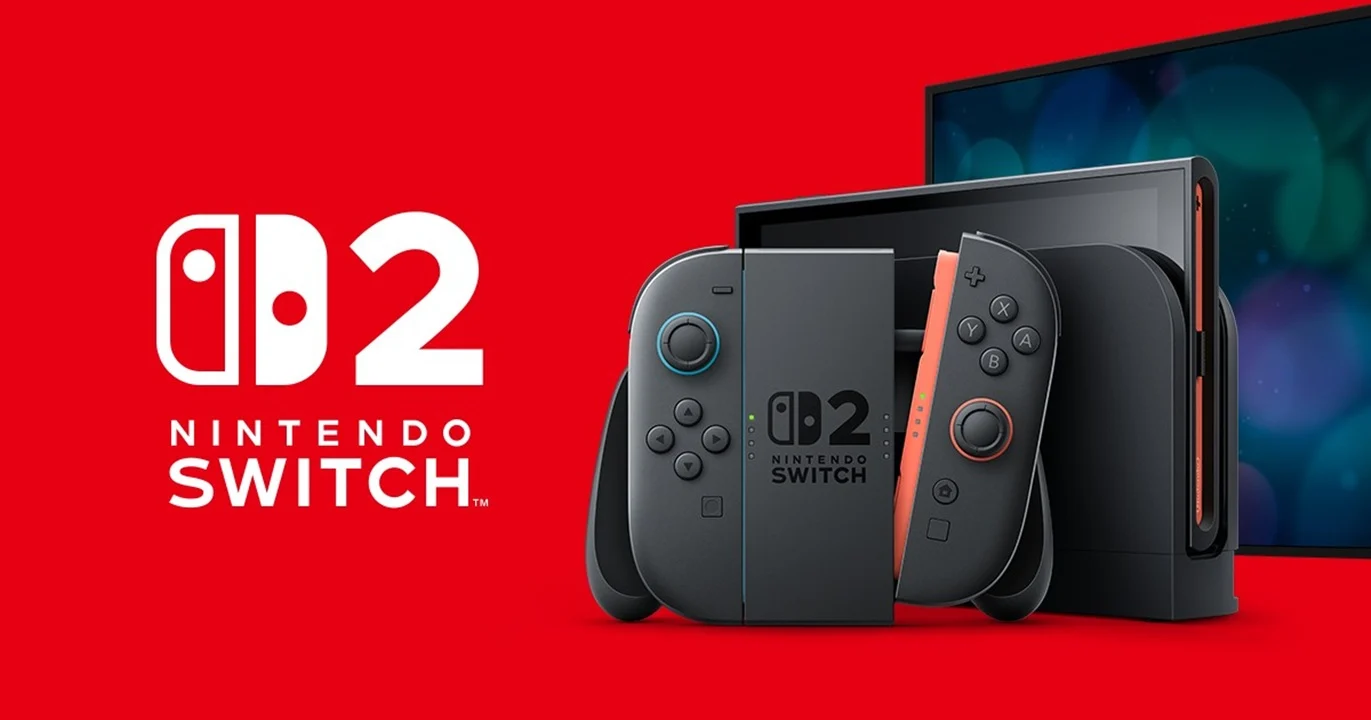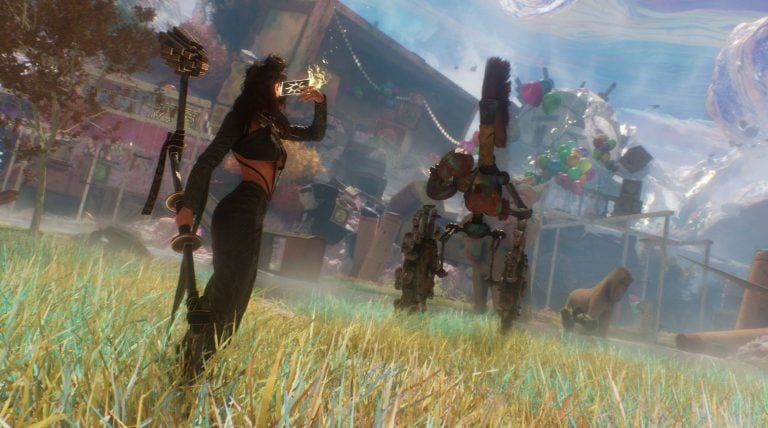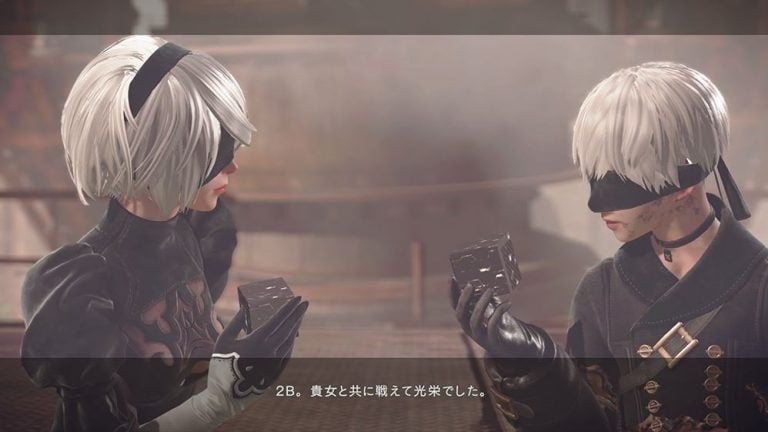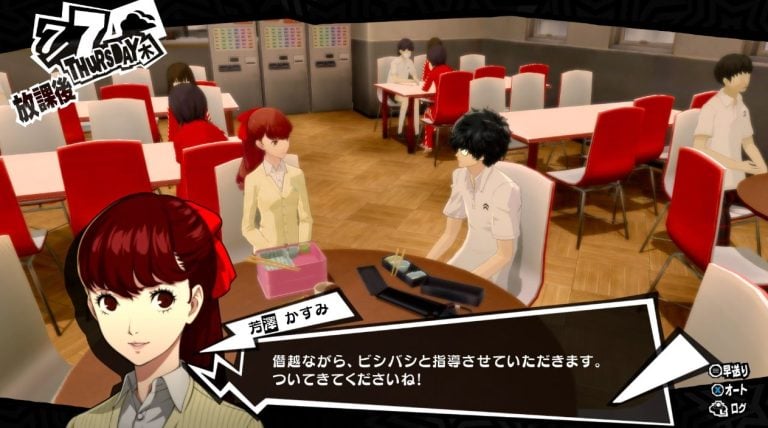Nintendo officially announced the long-awaited successor to the Switch on January 16. There’s already been a lot of speculation about various new hardware-related gimmicks the Nintendo Switch 2 may come with, and players have been vocal about their expectations for the console’s performance. But what about the people on the development side of things? The challenges involved in porting games from other platforms to the Switch have been a relevant topic for the whole eight years since its launch. Based on their experience with the console so far, what do game developers expect from the Switch’s successor?
To find out, AUTOMATON interviewed Japanese game developers involved in porting games to the Switch. We talked to 10 engineers specializing in a variety of genres – from open-world RPGs ported from higher-spec platforms to casual 2D adventure games and RPG Maker titles.
We focused on the following three points:
- What difficulties did you face when developing for the Switch? What were the bottlenecks you encountered in terms of CPU/GPU/RAM and storage?
- Was there anything unexpected about developing for the Switch?
- What are your expectations of the Nintendo Switch 2?
What did you struggle with when porting games to the Nintendo Switch?
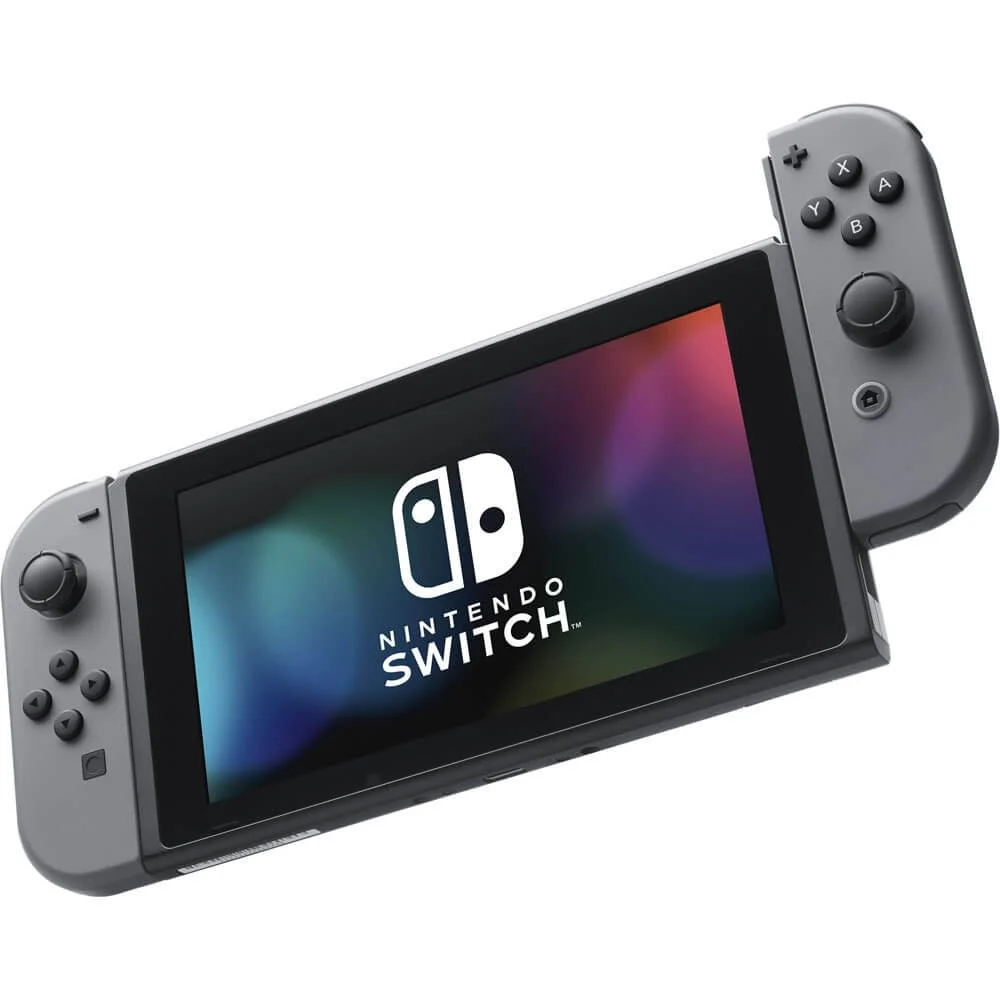
Answers to this question were roughly divided into the topics CPU, GPU, RAM, and storage.
CPU (Central Processing Unit: The brain of the computer. Performs most of the computational workload)
One of the most frequent comments from developers about the Switch’s CPU was that “Main processing would take up its full capacity, making it difficult to deal with background loading.” Background loading or preloading in game development refers to the technique of loading assets and other data for a scene in the background, while another scene is still active. This creates smooth transitions between scenes and reduces noticeable loading times.
However, the Switch’s CPU would often “have its hands full” just processing the active scene (if it ran the same processes as versions of the game on other hardware), with no remaining capacity to preload the next one. One developer tried to bypass this issue by assigning preloading to different places, while others gave up on optimizing preloading, deciding to allow some degree of slowdown. The Switch’s successor has higher CPU specs, so background loading is one aspect that is expected to become easier for developers.
GPU (Graphics Processing Unit: Specialized processor for rendering graphics)
GPU specifications are directly linked to graphics. The developers didn’t mention the GPU much in their answers, but one major point of agreement was that “the target resolution for games on the Switch is inevitably lower.”
In general, the target resolution for the PS5 and Xbox Series X is between WQHD (1440p) and 4K (2160p), while the PS4 and Xbox One run in Full HD (1080p). On the other hand, the target resolution for games that are more demanding for the Switch (for example, the Xenoblade series) is often 720p when docked and 540p in portable mode. Roughly speaking, this is about half the resolution of a Full HD monitor and the Switch’s LCD screen.
How much low resolution bothers you is largely a matter of personal taste, but for some heavyweight titles ported to the Switch, the resolution can be as low as 40% of the monitor, and in the most egregious cases, it can drop to less than 25% (like the harshly criticized initial Switch port of ARK: Survival Evolved Edition).
One developer commented that “because the [Switch’s] GPU specifications are low, if we increase the number of lights, rendering has trouble keeping up, and we can’t guarantee the quality of the effects.” On the other hand, another developer noted, “if you attempt to reduce real-time light rendering by baking your lights (a technique of layering textures that make it look like light is hitting an object), you will find yourself in a dilemma where the storage capacity is taken up by the textures used for baking.” The topic of storage is explored further later in this article.
RAM (Random Access Memory: Space for temporarily storing data for computation and saving graphical information)
The Nintendo Switch has 4GB of RAM, whereas the PS4 and Xbox One have 8GB. With the Switch’s RAM being half that of the other consoles, the developers had to find ways to optimize and reduce game data when porting titles originally designed for more powerful hardware. As one engineer mentioned, exceeding available RAM would cause crashes, so significant effort was required to carefully manage how much data could remain in RAM, as well as how loading and preloading could be handled.
Meanwhile, a developer who’d worked on porting an open-world RPG noted, “We had to compress textures to the absolute limit to save memory, but the trade-off was that the more memory we freed up, the better the game would look, making the process feel like solving a puzzle. When I think about it that way, it was actually fun.”
In a joint lecture held by Nintendo and Capcom before the release of the Switch in 2017, Nintendo revealed that they had originally planned for the Switch’s RAM to be even lower, but that they ultimately went for 4GB after consulting with third party developers such as Capcom. If Nintendo had gone with their initial specifications (possibly 3GB of RAM- the same as the NVIDIA SHIELD, which had almost the same SoC as the Switch), significantly fewer games would probably be available on the Switch today.
*As an aside, it’s important to note here that home consoles and gaming PCs handle RAM differently. While a game console stores both computational data and graphics information in high-speed RAM, a gaming PC stores computational data in lower-speed RAM and graphics information in the high-speed VRAM on the GPU. Conversely, an ordinary “non-gaming PC” stores both processing data and graphics information in slow RAM, which is what makes for such a big difference in performance when gaming.
Storage (Where the game’s data itself is stored)
The Nintendo Switch comes with three types of storage: internal eMMC storage, external microSD, and cartridges/game cards sold in stores. These three types of storage actually have different read speeds. The same game will run fastest on built in eMMC storage, followed by microSD card storage, and the slowest on a game card.
These differences in read speed were another issue faced by the developers whom we talked to. With internal and microSD card memory being faster, “we found that only the game card version struggled with abnormally slow load times.”
Game card capacity is another bottleneck that was mentioned. The Switch’s ROM cartridge capacity is limited to 32GB. However, games larger than 32GB are sometimes released for the Switch (especially sports games from Western developers that can reach 40GB to 50GB). In such cases, the user has to separately download the data that didn’t fit on the card to the main eMMC or a microSD card. Although it was reported around 2020 that 64GB cartridges would be released for the Nintendo Switch, there have been no examples of 64GB cards being used as of 2025.
Another problem with the Switch is that manufacturing costs rise as cartridge capacity increases. In other words, the cost of manufacturing will vary drastically depending on whether you need a 1GB or a 32GB card for your game. Smash Bros. series creator Masahiro Sakurai has mentioned having to compress Super Smash Bros. Ultimate to under 16GB, but even for smaller games, whether it can fit on a 4GB or 8GB cartridge will directly affect how much revenue its developer gets from sales. The developers we talked to mentioned that reducing a game to fit on the target cartridge size was one of the hardest parts of bringing a game to the Switch.

What was unique about developing for the Switch?
One unique quirk that engineers shared about developing for the Switch was the unexpected issue caused by the name “Switch” itself. Since “Switch” is a common noun in programming, it occasionally interfered with existing keywords and commands in the code. This was a problem that the developers hadn’t anticipated at all until they actually started working on the platform.
On a separate note, an engineer who worked on porting RPG Maker titles to the Switch also noted: “RPG Maker is often thought of as lightweight, but we really struggled with performance when porting some projects to the Switch.” Titles that seem computationally simple can sometimes encounter performance bottlenecks – this is often the case with older software, which may not be optimized for modern CPU architecture, leading to inefficient processing that fails to fully utilize available resources. Additionally, games created in development tools that don’t require programming from the creator, such as RPG Maker, often end up being more resource-intensive than they appear.
It’s worth noting that the issues described here are predominantly related to porting games designed for other platforms to the Switch. Meanwhile, developers who designed games specifically with the Switch’s capabilities in mind reported fewer issues. The widespread support of modern game engines (like Unity and Unreal Engine) also played a significant role in streamlining development and porting. Ultimately, hardware constraints are “case-by-case” in nature, and it would be misleading to claim that the Switch’s specs have been universally insufficient for developers.
What are your expectations for the Nintendo Switch 2?
When asked about their hopes for the Switch’s successor, the overwhelming response from developers was “improved overall hardware specs.” Developers working on titles primarily for the PS5 and Xbox Series X|S emphasized the urgent need for a more powerful Switch 2, given how difficult it is to port games to the current Switch.
Meanwhile, some of their responses reflected more user-oriented concerns, such as “a more durable controller” and “a console that, like the Switch, defines the next era of gaming.” One thing that stood out as a common point in all of the feedback was the deep affection the developers expressed for the Switch itself. Because they love the Switch platform, they want its successor to offer enough power to allow them to develop games more smoothly with fewer compromises, making it easier to release titles on the system.
With the game industry facing stagnation, mass layoffs, and financial uncertainty, there is growing anticipation for Switch 2. Given its potential to be a guiding light for developers and players alike, many hope it will be a platform that can support an even wider range of games. In April 2025, all eyes will be on the eagerly awaited Nintendo Direct broadcast, which is set to reveal more details about the Switch 2.

